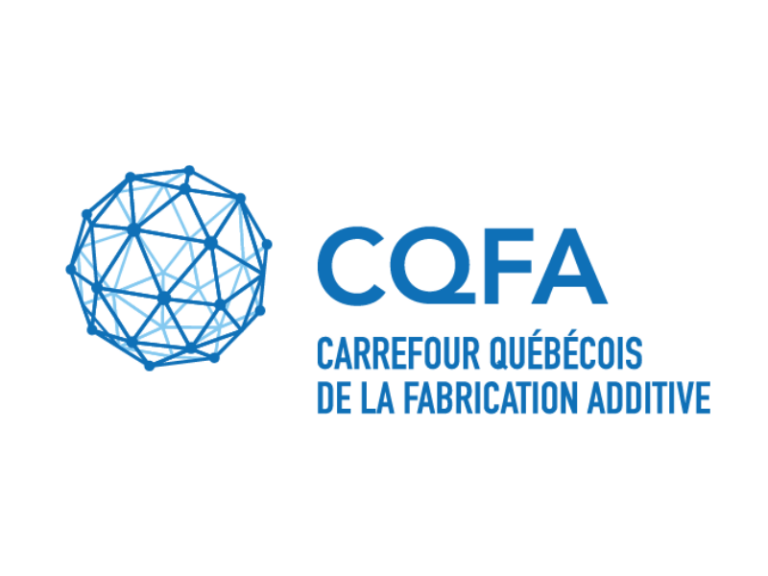
2023/03/09
3D printed mechanically representative aortic model made of gelatin fiber reinforced silicone composite
Kuthe, S.; Schlothauer, A.; Bodkhe, S.; Hulme, C.; Ermanni, P. (2022). 3D printed mechanically representative aortic model made of gelatin fiber reinforced silicone composite. Materials Letters, Volume 320, 1 August 2022, 132396.
Additive manufacturing (AM) is a useful technology to produce artificial aortic models for the training of transcatheter aortic valve replacement (TAVR) surgery. With AM, the models can be tailored towards the individualized aortic anatomy of patients. Most of these reported models so far are manufactured using single rubber-like materials. However, such materials do not replicate the mechanical properties of natural aortic tissue, especially the stress–strain response in higher strain (>0.1) regions. This could be problematic for surgeons training for surgeries using a model which does not exhibit properties of the real aorta. To overcome this limitation, we developed a 3D-printed, mechanically representative aortic model comprising gelatin fibers and silicone. The model is promising as a realistic analog of aortic sinus for mock TAVR surgery. Computerized tomography data was analyzed beforehand using medical imaging to identify the anatomy of a specific patient’s aortic sinus and the surrounding blood vessels. A novel silicone matrix composite reinforced with gelatin fibers designed in this work was tested and compared with the stress–strain response of aortic tissue. Such a model comprising both patient-specific geometries as well as realistic material properties of aortic tissue can be helpful for the development of next-generation medical phantoms.